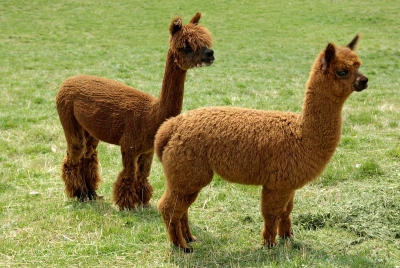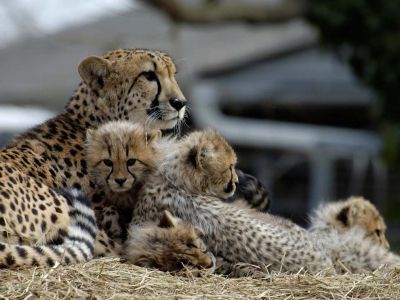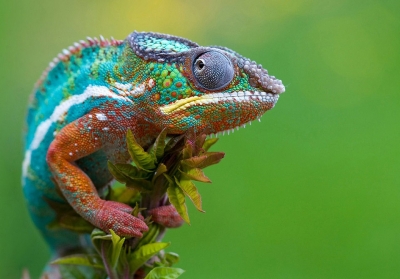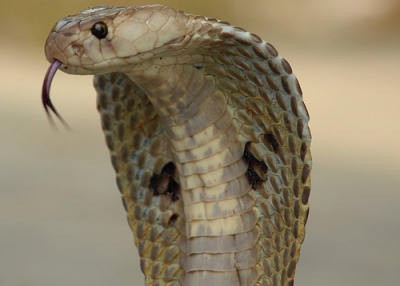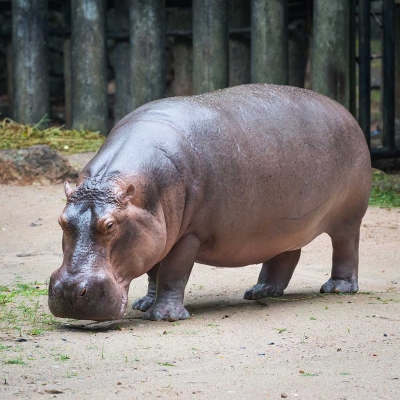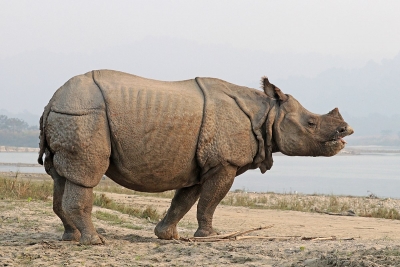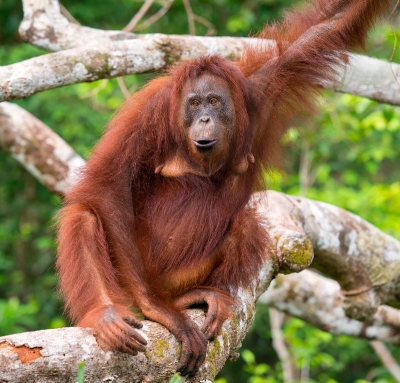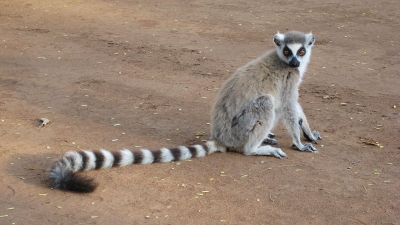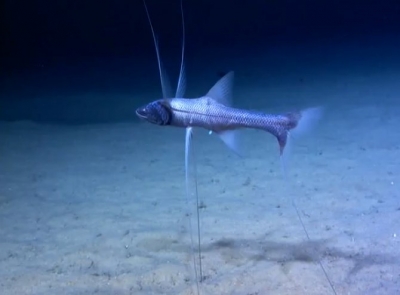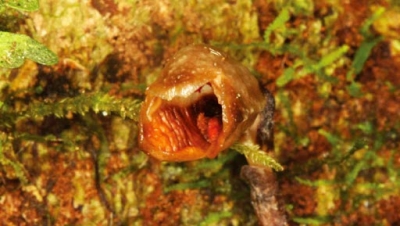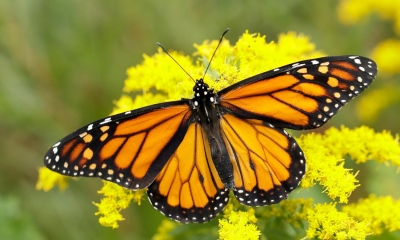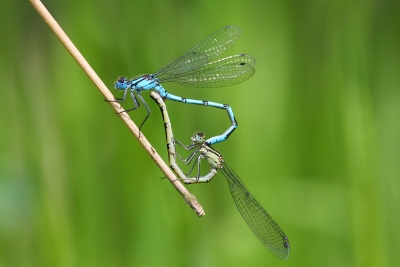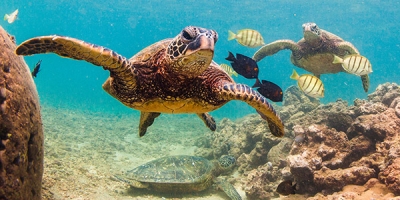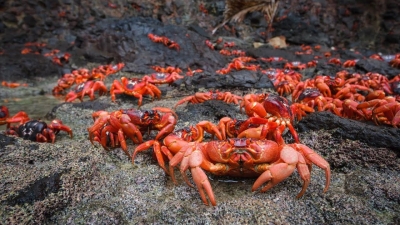What are the difference between llamas and alpacas?
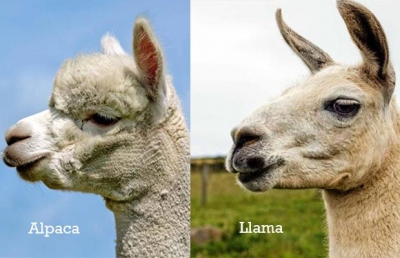
The first thing you will notice when comparing an alpaca and a llama is their size difference. Llamas are significantly bigger than alpacas.
In regards to their height, llamas are taller, reaching 42 to 46 inches (106 to 117 cm) on average. Alpacas measure between 34 to 36 inches (86 to 92 cm) on average.
However, the weight difference between these two animals is even more significant. On average, llamas weigh between 280 and 450 pounds (127 to 204 kg). That is quite a lot compared to the 106 to 185-pound (48 to 84 kg) average weight range for alpacas.
Llamas have a longer face with a larger muzzle. Alpacas, on the other hand, have round, smooshed faces. They also have fluffy fur on their face, especially on their foreheads. Llamas tend to have short and thin fur around their face.
Alpacas have softer facial features than llamas. Because of this, many people believe alpacas are the cuter of the two.
Llama ears are tall and long. They stand up in a shape that looks like a banana. Alpacas have shorter, pointy ears. Their fuzziness continues onto their ears, whereas llamas tend to have smoother and straighter fur around their ears.
Credit : Peru For Less
Picture Credit : Google
